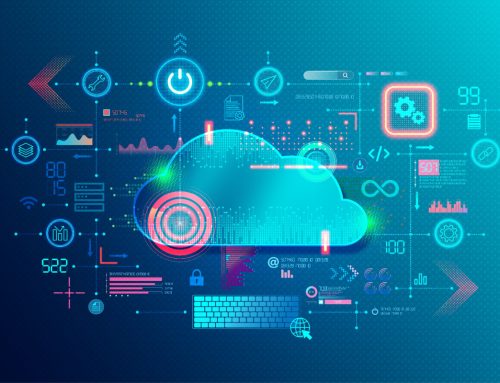We are living in an age of centralised data. For example, everyone everywhere has something stored in the cloud, and what can be centralised mostly has been, either in the cloud or in a data centre, leaving very little growth in these spaces. Edge computing brings computation and data storage near the edge of a network, thus moving the client closer to their data which can have numerous benefits.
These include:
- Reduced latency
- Better processing of high-volume data
- Decreased bandwidth and resource hogging
- Reduced costs
- The potential to deliver real business value
The most obvious benefit is reduced bandwidth and server resources. A good example is an automotive company who make exhaust manifolds. They use video analytics to inspect parts on the production line. Their analytics software is a bandwidth hog. Edge computing will move computation power onsite, allowing the software to scan products and complete a cycle without the bottleneck of a network.
Now, let’s stick with the automotive theme for a second and consider the latest autonomous technology. Cars have GPS and a variety of sensors that can communicate with their maker. But it is with edge computing that the car reacts in the real-world. Local computation allows for autonomy, separate from a guided network. The car can drive itself and react by itself because it has the brains to do so.
Another use of edge analytics is retail loss prevention. Retailers can use edge analytics to run in-store facial recognition software to stay alerted to the presence of offenders and people of interest. This could be achieved through the cloud, but the bandwidth necessary would be immense. It is far easier to keep such a thing local.
Edge computing can also decrease latency. Latency can simply be defined as how quickly a computer responds to an input. In other words, it is our perceived time interval between a simulation and response. Edge computing is useful here because a device does not have to communicate with a distant server (i.e. the cloud, or data centre). Every time a device has to do this, a delay is created. Edge computing can eliminate the delay.
The future
Ultimately, the benefits of edge computing are massive, and the potential applications are widespread. In the future, this area of IT will continue to grow as more devices are added to our lives. We already have smartphones, smartwatches, tablets, computers, interactive displays and a number of other IoT devices. As more of these emerge, significant amounts of computation will need moving to the edge to keep up.
This is not about decentralising data for the sake of it – it is about putting compute and storage resources onsite and in co-location facilities, to meet functional demand and create a centrally managed, well distributed infrastructure that can scale.





